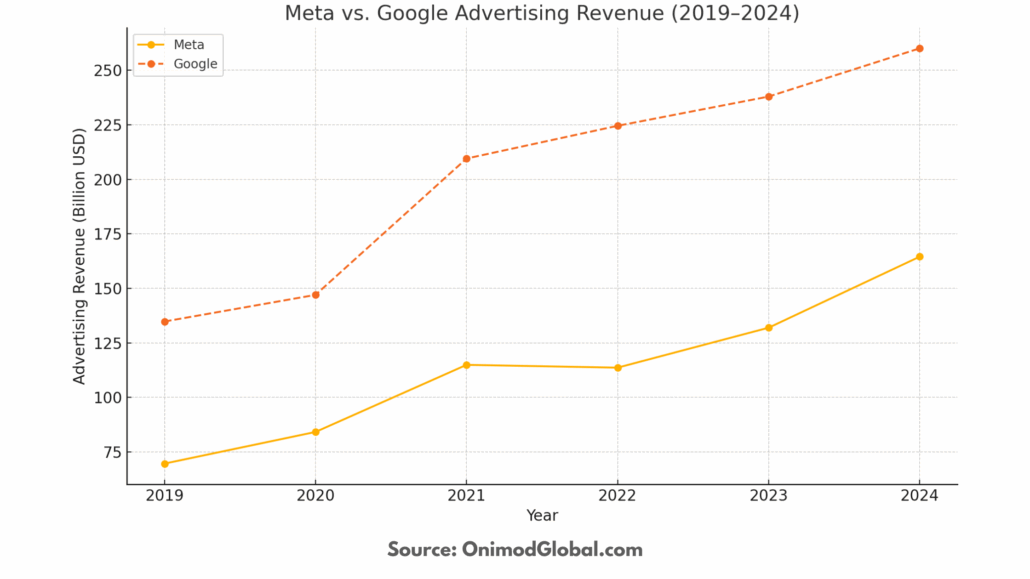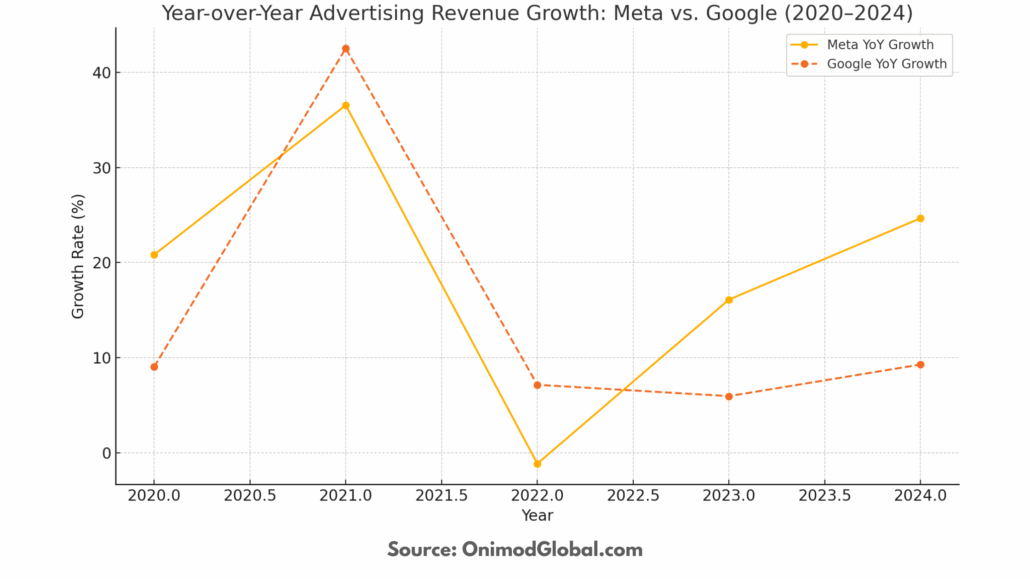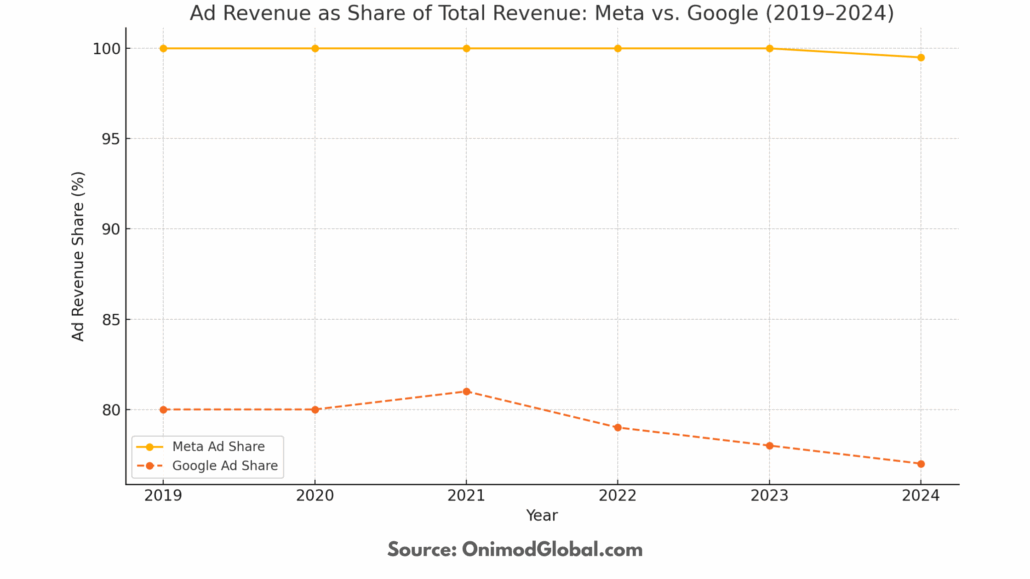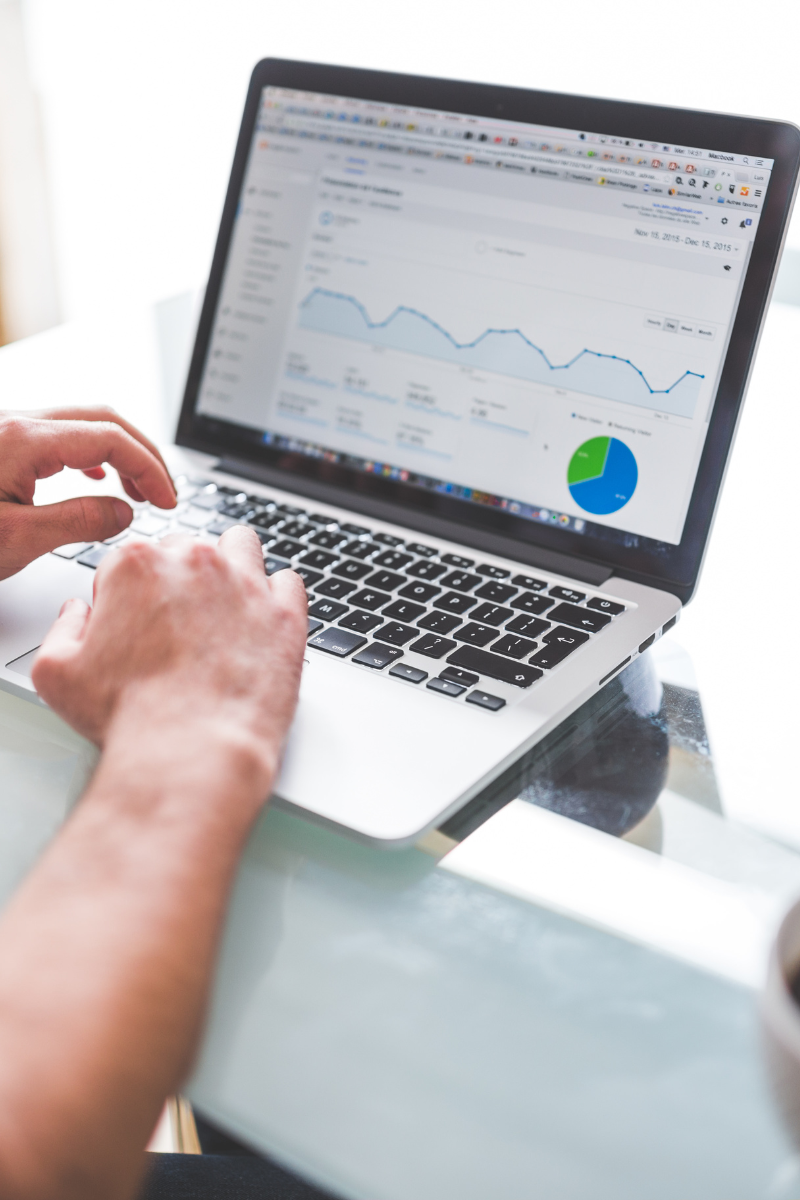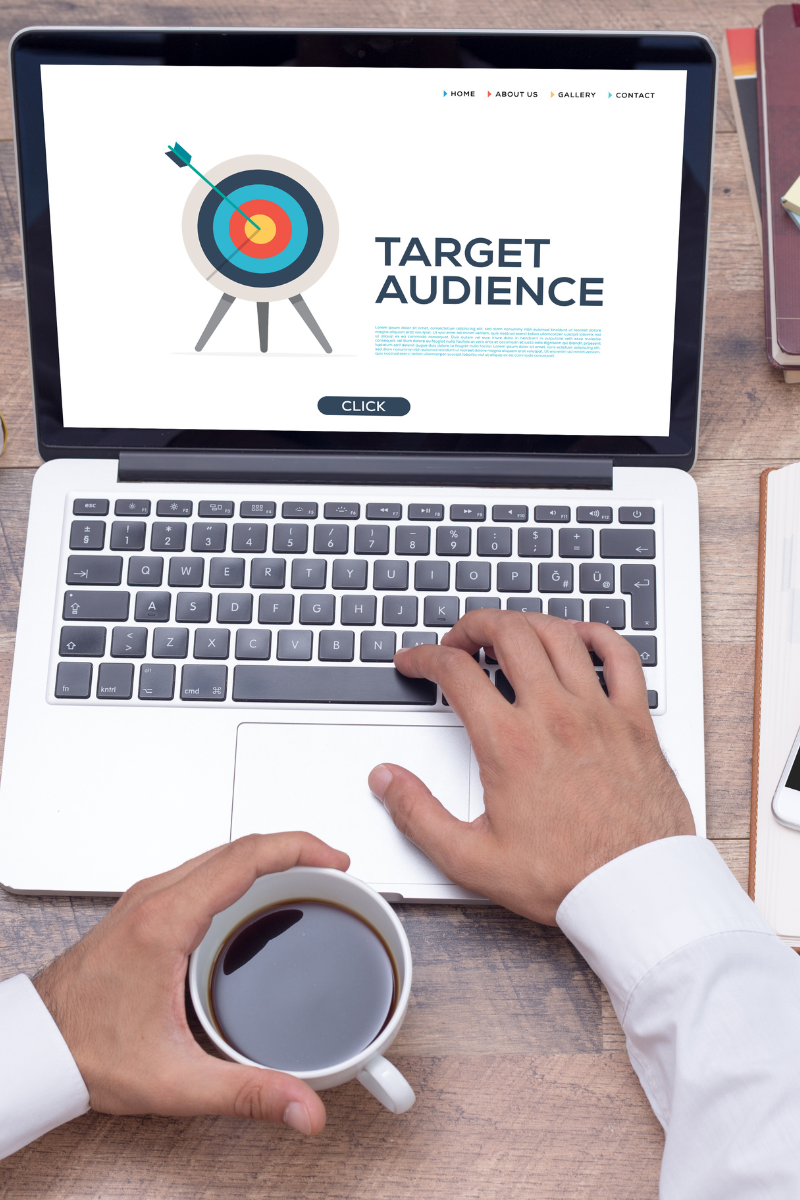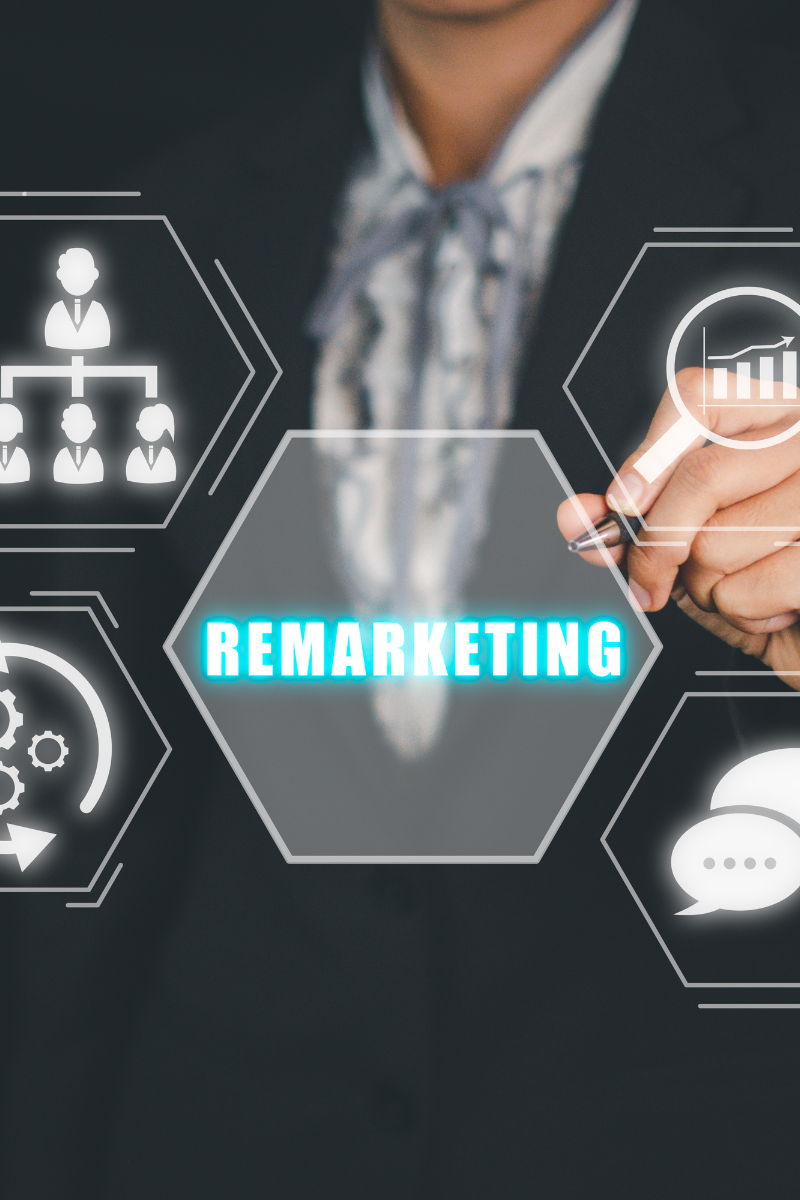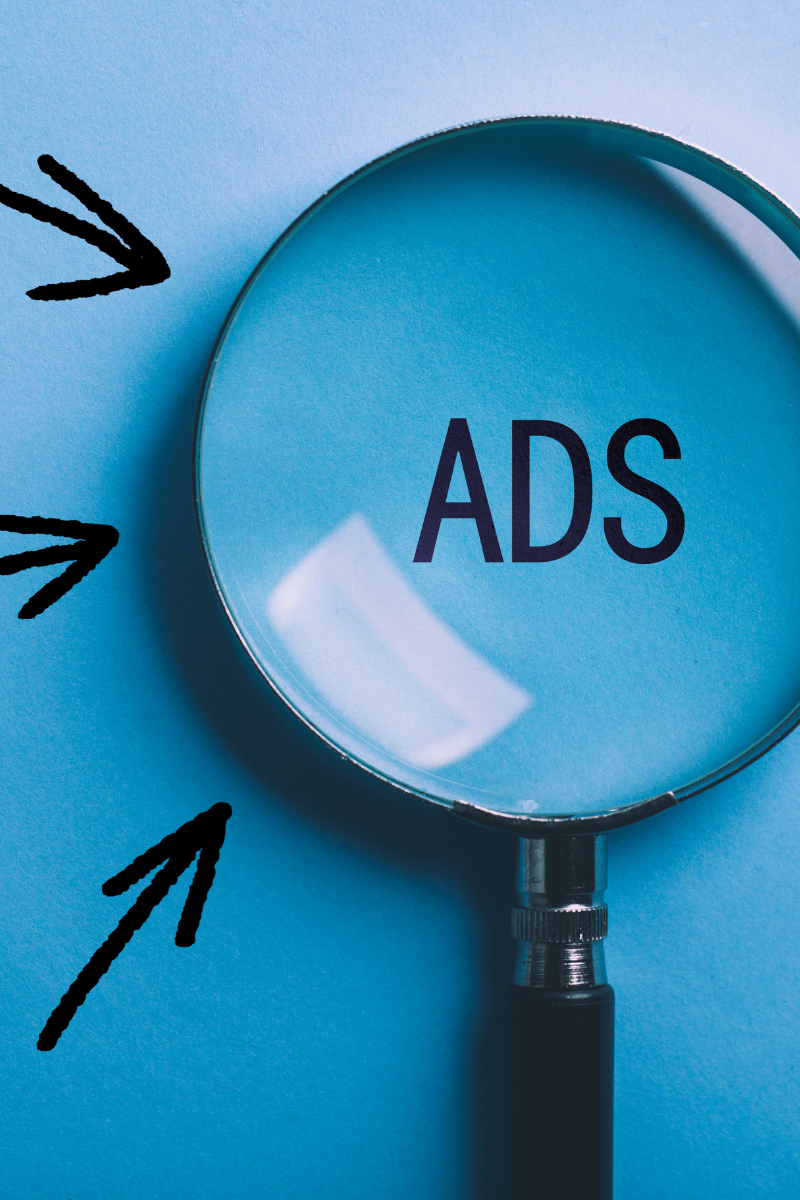If you’re trying to boost visibility through digital marketing, understanding the dynamics of SEO (Search Engine Optimization) and SEM (Search Engine Marketing) is crucial. While these strategies differ in approach, they share the ultimate goal of driving traffic and generating leads. Here’s what you need to know.
What Is SEO?
SEO and SEM can create a powerful synergy to maximize your online presence.
Search Engine Optimization (SEO) improves your website’s visibility in search engine results pages (SERPs) without relying on paid advertisements. The ultimate goal of SEO is to attract high-quality organic traffic by ranking higher for relevant keywords your target audience is searching for.
This long-term strategy builds credibility, enhances user experience, and helps your website become a trusted source of information in your industry. SEO encompasses multiple strategies and techniques designed to address different aspects of your website’s performance. Let’s take a look at its primary components.
1. On-Page SEO
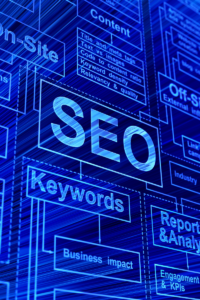
On-page SEO focuses on optimizing the elements directly within your website to make it more search-engine-friendly and user-friendly. Key aspects include:
- Content Optimization: Creating high-quality, relevant, and engaging content that satisfies user intent and includes targeted keywords naturally.
- Meta Tags: Write compelling title tags and meta descriptions that accurately describe your content and encourage users to click.
- Internal Linking: Strategically linking pages within your website to improve navigation, distribute link equity, and guide search engines through your site’s structure.
2. Off-Page SEO
Off-page SEO involves actions taken outside your website to enhance its authority and relevance in the eyes of search engines. The primary focus is building high-quality backlinks, which signal trust and credibility. Key strategies include:
- Backlink Building: Earning links from authoritative, relevant websites through strategies like guest blogging, content marketing, and outreach.
- Social Signals: Leveraging social media to promote your content and drive traffic which can indirectly contribute to SEO.
- Brand Mentions: Generating buzz and recognition for your brand across the web to improve perceived authority.
3. Technical SEO
Technical SEO ensures your website’s infrastructure is optimized for search engines and users. It focuses on improving the technical aspects that impact crawling, indexing, and user experience. Key elements include:
- Site Speed: Ensuring your website loads quickly to reduce bounce rates and improve user satisfaction.
- Mobile-Friendliness: Make your website responsive and easy to navigate on all mobile devices. In fact, more than half (51%) of smartphone users have discovered a new company or product when conducting a search on their smartphones.
- Secure Website (HTTPS): Implementing SSL certificates to secure your site and build user trust.
When implemented effectively, SEO improves search engine rankings, enhances the overall user experience, and positions your website as a trusted authority in your niche. Now that we know what SEO entails let’s dive into what SEM is.
What Is SEM?

Search Engine Marketing (SEM) is a digital advertising strategy designed to increase visibility on search engine results pages (SERPs) through paid placements. Unlike SEO, which focuses on organic rankings, SEM drives traffic by placing ads in prominent positions on SERPs. This strategy is commonly associated with Pay-Per-Click (PPC) advertising, where businesses bid on specific keywords to show their ads to users actively searching for related products or services. SEM offers immediate results, making it a powerful tool for businesses looking to boost visibility, attract targeted traffic, and generate leads quickly.
1. Search Ads
Search ads are the foundation of SEM. These text-based ads appear when users search for specific keywords related to your business.
- Keyword Targeting: Advertisers bid on keywords to ensure their ads appear for relevant searches. For example, a local bakery might bid on terms like “custom cakes near me.”
- Ad Extensions: Enhancements like call buttons, site links, and location details can improve ad performance and click-through rates.
2. Display Ads
Display ads are visually engaging advertisements that appear across websites within a display network, such as Google Display Network.
- Visual Appeal: Capture your audience’s attention by incorporating images, videos, or animations.
- Audience Targeting: Ads can be shown based on user demographics, browsing behavior, or interests, helping you reach potential customers even when they’re not actively searching. Roughly half of Google users (49%) use the platform to discover or find new products.
3. Remarketing
Remarketing targets users who have previously visited your site or interacted with your ads, keeping your brand top-of-mind.
- Behavioral Tracking: Ads are shown to users based on specific actions, such as viewing a product or abandoning a cart.
- Increased Conversions: By re-engaging users who are already familiar with your brand, remarketing often leads to higher conversion rates.
SEM is a powerful tool for driving traffic, increasing conversions, and complementing organic SEO efforts when used effectively. Its ability to provide fast, targeted results makes it an essential component of a well-rounded digital marketing strategy.
Key Differences of SEO and SEM
| Aspect |
SEO (Search Engine Optimization) |
SEM (Search Engine Marketing) |
| Traffic Type |
Organic Traffic |
Paid Traffic |
| Timeframe |
Long-Term Strategy |
Quick Results |
| Key Focus |
Content Optimization |
PPC Ads |
| Cost |
No Cost Per Click |
Cost Per Click |
How SEO and SEM Work Together
SEO and SEM are complementary strategies that, when aligned, create a powerful digital marketing approach. By leveraging both strengths, businesses can achieve greater visibility, attract high-quality traffic, and maximize their marketing ROI. Here’s how these two strategies collaborate effectively:
1. Expanding Visibility Across Multiple Channels
While SEO focuses on organic visibility through content optimization and site structure, SEM secures prime real estate through paid ads on search engine results pages. Together, they ensure your brand is visible to potential customers, whether they’re actively searching or browsing related content. This dual presence covers immediate and long-term goals, making your marketing efforts comprehensive and robust.

2. Sharing Insights for Smarter Strategies
Data from SEM campaigns, such as top-performing keywords and audience behavior, can inform your SEO efforts, helping refine content and optimize for terms with proven results. Conversely, insights from SEO, such as high-traffic organic keywords or trends in user engagement, can enhance SEM targeting, ensuring your ad spend is as effective as possible.
3. Boosting Credibility and Engagement
Users often perceive businesses appearing in paid and organic results as more trustworthy. When SEM places your brand at the top of search results, and SEO reinforces your authority below, it creates a sense of credibility. This combined visibility increases the likelihood of users engaging with your content or clicking on your site.
4. Bridging Short-Term and Long-Term Goals
SEO is a long-term strategy that builds organic authority over time, while SEM provides immediate traffic and lead generation. Using SEM to drive quick wins while SEO develops a strong foundation ensures consistent results and maximizes your marketing budget’s efficiency.
5. Amplifying Brand Awareness and Conversion Rates
While SEO attracts audiences searching for information, SEM targets users closer to the point of purchase. This dual approach ensures you capture attention throughout the customer journey. Remarketing strategies within SEM also complement SEO by re-engaging users who have visited your site, reinforcing your message, and driving conversions.
Take Your Digital Marketing to the Next Level
At Onimod Global, we combine SEO and SEM to create powerful strategies tailored to your business goals. Our SEO experts implement cutting-edge practices—technical audits, keyword research, and link building—that boost your website’s organic visibility. Meanwhile, our SEM specialists design high-impact paid campaigns to attract targeted traffic and generate leads quickly. Integrating these approaches maximizes your reach, drives measurable results, and ensures a seamless customer journey.
Don’t let your competitors dominate the digital space. Contact us today to learn how our expertise in SEO and SEM can transform your online presence and accelerate your business growth.
Q&A
Q: What is the difference between SEO and SEM?
SEO (Search Engine Optimization) focuses on improving your website’s visibility in organic (non-paid) search results through techniques like keyword optimization, content creation, and technical enhancements. SEM (Search Engine Marketing), on the other hand, leverages paid advertising like Pay-Per-Click (PPC) campaigns to secure prominent positions in search engine results pages (SERPs). While SEO builds long-term credibility, SEM delivers immediate traffic and visibility.
Q: Why is SEO important for my business?
SEO is a long-term strategy that helps your website rank higher in search engine results, attracting high-quality organic traffic. It improves user experience, enhances credibility, and positions your business as a trusted authority in your industry. With effective on-page, off-page, and technical SEO, you can achieve sustainable growth and stay ahead of competitors.
Q: How does SEM help my business grow?
SEM is ideal for driving immediate results. By bidding on relevant keywords, your business appears at the top of search results when potential customers are actively searching for your products or services. SEM allows precise targeting, increases brand visibility, and delivers measurable ROI, making it a powerful tool for quick lead generation.
Q: Can SEO and SEM work together?
Absolutely. Combining SEO and SEM creates a comprehensive digital marketing strategy. SEO builds your organic presence over time, while SEM ensures instant visibility. Insights from SEM campaigns can refine SEO efforts, and organic SEO data can improve SEM targeting. Together, they enhance credibility, expand reach, and drive conversions at every stage of the customer journey.
Q: What are the key benefits of using both SEO and SEM?
- Expanded Reach: SEO builds a strong organic presence, while SEM provides paid visibility, covering both short-term and long-term goals.
- Data-Driven Strategy: Insights from SEM campaigns, like top-performing keywords, inform SEO optimizations, and vice versa.
- Increased Credibility: Appearing in both organic and paid results strengthens trust with potential customers.
- Boosted Conversions: SEM captures immediate interest, while SEO nurtures trust, ensuring engagement at all stages of the buyer journey.
Q: How can Onimod Global help my business with SEO and SEM?
At Onimod Global, we specialize in integrating SEO and SEM to maximize your online visibility and business growth. Our SEO experts optimize your website for long-term organic success, while our SEM specialists design targeted campaigns that deliver immediate results. Together, these strategies ensure you reach your audience effectively and achieve measurable outcomes.
If you’re ready to elevate your digital marketing game, contact us today to learn how we can transform your online presence with expert SEO and SEM strategies.
More About Onimod Global: A True Partner.
We’re here for you 24 hours a day. We live for the moment when you’re in a pinch and need our help. Our customers count on us as their marketing team.
Onimod Global can power entire corporate marketing departments or simply provide custom solutions for local businesses. Our global expertise and customer service cannot be matched.
Operating as your company’s in-house agency means you get a team of experts, for your immediate digital benefit.
SEO Services
Dominate organic search and map results.
Organic Search Engine Optimization or SEO, is absolutely vital to achieve long term search engine visibility for your website. With the continued expansion of new internet and search engine users worldwide, the space that these search results occupy will only grow more valuable; literally exponentially.
Our core attribute. Years of experience in SEO are the pillar of our strategies. Onimod Global develops organic search engine optimization campaigns that deliver increases in organic traffic through an increase in natural rankings on major search engines like Google, Bing and Yahoo.
SEM Services
Paid advertising on search engines like Google and Bing, or Social properties like Facebook, Twitter or LinkedIn.
Work with the best
Google Partners are digital marketing companies, trusted by Google.
Look for the badge
The badge recognizes companies that excel with Google’s products.
Become a client here today.
